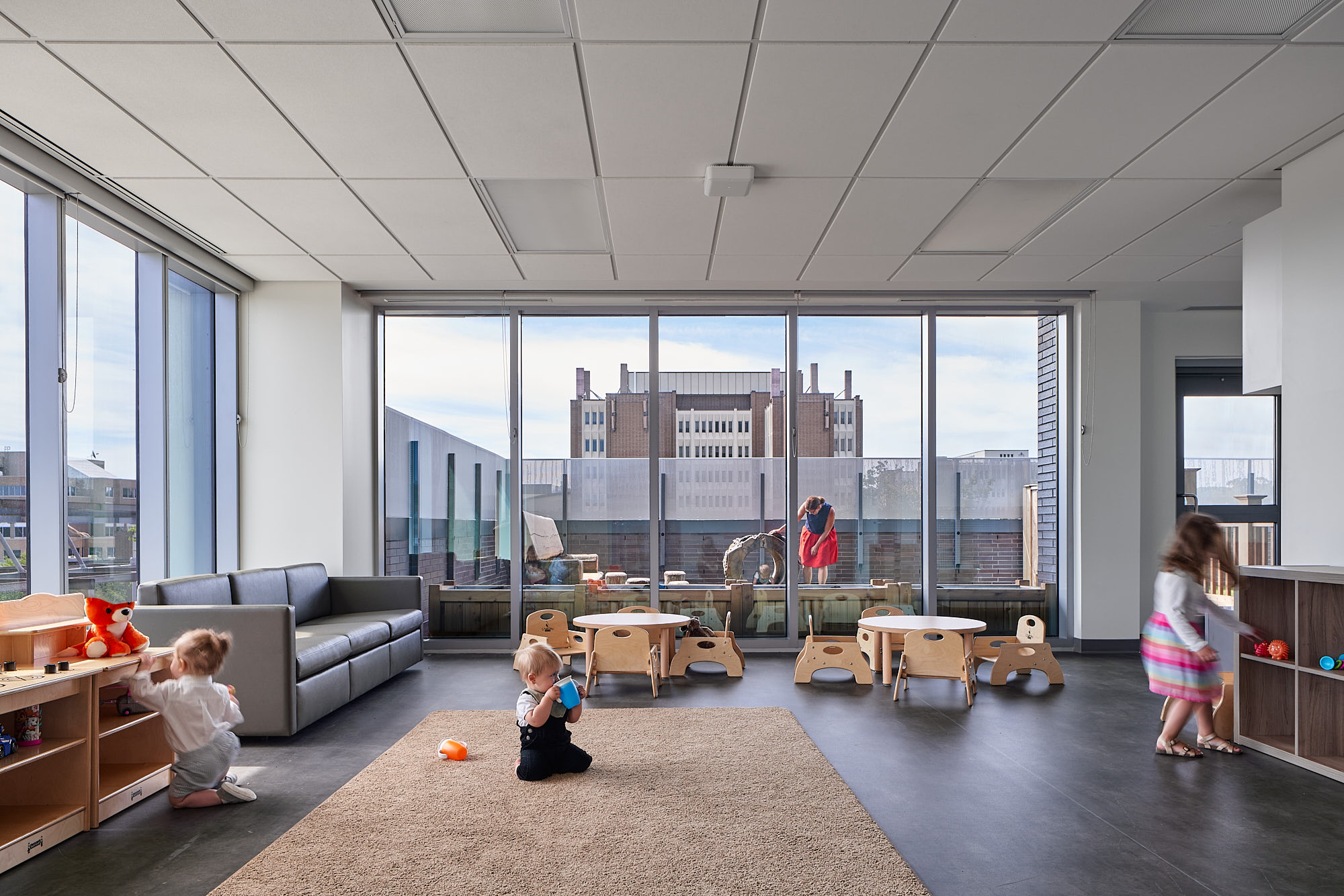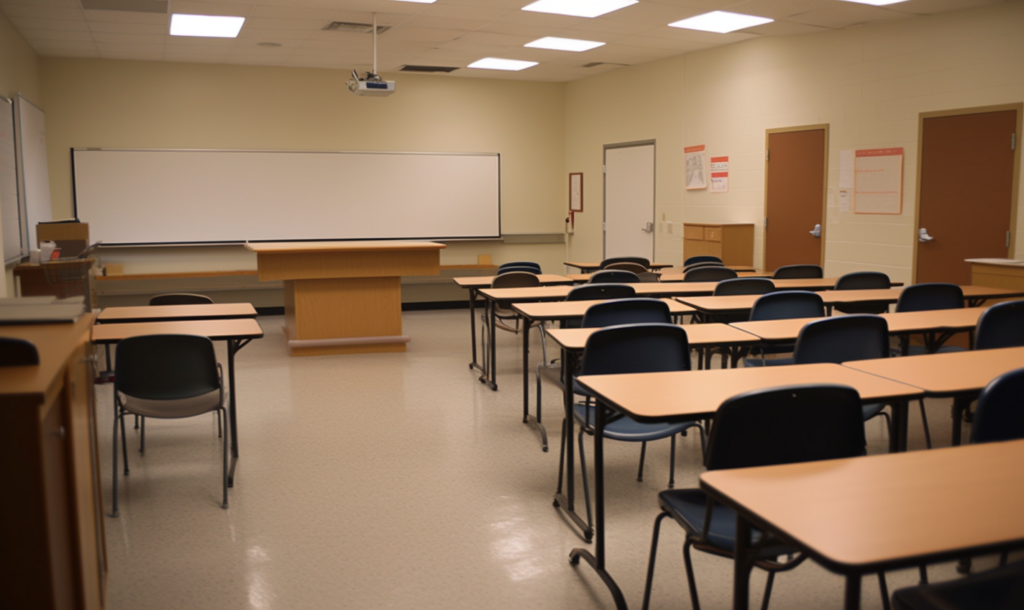
Listen Up: Schools Need Good Acoustics and Consistent Standards to Promote Learning
As children, we’re told by our teachers to pay attention. But what if the classroom acoustics were hindering our ability to hear?
In traditional learning environments, there are many sources of sound: the voices of students, teachers, staff, and students in the hallways plus external sources like construction or traffic outside the school. How that sound travels and is received by staff and students depends on many factors from the layout of the room to the internal finishes. When that sound is not wanted and disruptive, it becomes noise.
The issue is compounded as schools look to help collaborative learning which is one of the most effective ways to promote better learning outcomes in schools. However, with poor acoustics, collaborative learning environments have been shown to inhibit learning advancement.
Studies have shown that poor classroom acoustics can be harmful to a student’s academic success. Students may have difficulty hearing the teacher or their peers, impeding their ability to follow the lesson. This may lead to students becoming disengaged, disruptive and result in reduced student learning. For teachers, a poor acoustic environment can make instruction more difficult, requiring them to speak louder and straining their voice.
Accessibility is another critical consideration. For example, students with hearing impairments or sensitivities to noise may struggle in an environment with poor acoustics.
Conversely, a well-designed acoustic environment can benefit teachers and students alike. An acoustic environment with good speech intelligibility means communication can occur easily, leading to better academic performance.

How to Improve Acoustics in Schools
The challenge is many existing schools in North America were not designed with acoustics in mind. Or they were designed based on the traditional model of learning with individual chairs lined up in rows facing the teacher. Classroom set up has evolved to include student pods and more flexible spaces to accommodate different learning styles. Classroom acoustical design needs to evolve to reflect these changes.
Over the years, I’ve assisted in the design of school environments around the world and served as an expert on acoustics in learning environments.
Here are some of the key learnings that can be applied now:
- Design with acoustics in mind: When designing learning spaces, ensure the layout maximizes the separation between louder spaces like gymnasiums, cafeterias, music rooms and the learning environments. This will reduce the ambient noise that could disrupt learning and can avoid unnecessary costly design solutions.
- Examine HVAC, lighting systems and potential noise sources: Heating, air conditioning and ventilation are all important in creating a comfortable school environment, but they generate noise which can be disruptive. Light fixtures that buzz or hum can also add noise. Simple things such as relocating the fish tank out of the learning space can help to remove unwanted noise sources. Keep this in mind to mitigate any noise issues.
- Incorporate acoustic treatments: The time for noise to dissipate is longer in rooms with a lot of hard surfaces, or with large volumes, which is common in learning environments. To reduce this, incorporate sound-absorbing materials. This includes wall panels ceiling tiles and flexible soft furnishings. These additions to the space enable sound to be redirected or absorbed instead of echoing and impeding speech intelligibility. Getting creative with furniture such as mobile storage units with inbuilt absorption can be considered. Elements such as this, add storage space while helping the acoustics.
- Seek expert advice: Whether you are designing a new build or want to enhance an existing school, consider involving acoustical consultants who can support and identify ways to improve the acoustics and enhance learning.
- Advocate for change: More can be done to promote good acoustics in learning environments. There are no consistent acoustics standards for learning spaces in Canada. There should be. In the UK, the education environment is recognized as an integral part of the Building Code. This recognition gives it the credibility it needs to be done properly and ensures the quality of the learning environment is taken seriously. Since implementing this change in early 2000, studies have shown that there has been improvement in numeracy and literacy in school aged children in the UK. Acoustic standards must be universally designed to fit the needs of all students and teachers everywhere.
Ensuring a Sound Environment for Learning
Acoustics are critical when designing a learning environment or school. The importance of acoustics in schools cannot be overstated, particularly when it comes to collaborative learning and accessibility.
Like in all projects, acoustics need to be considered early on in the process. There are ways to manage noise issues without breaking down walls and rebuilding, but the best option would be to plan for acoustics proactively. School boards and government officials should make this a priority and adopt standards for consistency. We have seen other countries take a step towards prioritizing classroom acoustical design. Whether we are designing new schools or retrofitting existing ones, having acoustical standards in place ensures that all students have an equal opportunity to succeed and reach their full potential.

